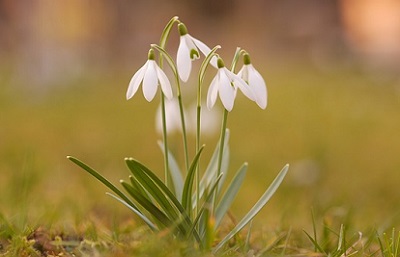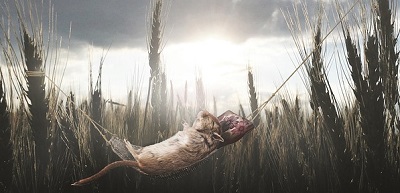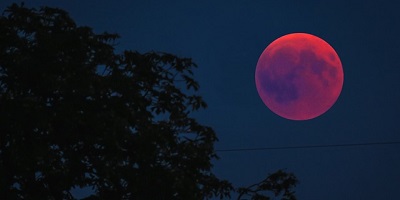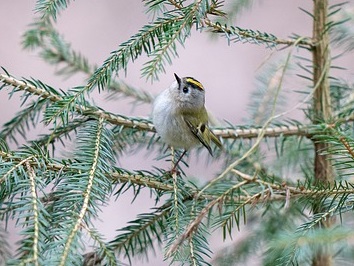Living Planet
Nature · Earth · ClimateNature notes: January 2020
January: a lull, a pause. A juxtaposition of sharp frosts and pure, white cold snow that prickles your nose when you breathe and dampness and dark; the stark shapes and contours of the land transformed from grass and mud to rolling hills of crystal and back again, sparkling or gleaming in the muffled haziness of any soft, pale sunlight and dove grey skies. We may not be outside as much but nature's always inspiring and uplifting, even if it's knocking us off our feet with winds of change. Feeling the wildness of the wind in our hair and the soft freckle-light touch of fine moisture mist on our faces, hard-hitting rain and sleet or dry, icy air causing the skin to tingle and sting makes us feel more alive, and lucky to be able to return to the snugness of indoors. And whilst unseen in darkness, seeds are growing and fed by decomposing leaves, already some snowdrop bulbs are pushing forth and, from some brave branches, naked from the winters grasp, come catkin buds of spring, refreshing the land with splashes of promise.

It's important for us to tune in to the natural world to recharge and refresh so January is also the perfect month for listening to our bodies as they go into hibernation and rest mode, sleeping in when we can, and snoozing, curled up by the fireside as storms lash outside. Wood mice often feel the same, January can be a tough month for them with the bitterly cold weather and autumn's abundance of food long gone, but snowfall can improve their chances of survival by providing an insulating blanket and hiding them from predators. However in sharp frosts and windless conditions, Barn owls are more successful hunters as the rustle of rodents is easier to detect. (Their faint sounds are amplified by the owl's huge facial discs, enabling them to target their prey even in thick vegetation).


Badgers tend to sleep more around this time too and, snug in their setts, snoozing females can become pregnant via 'delayed implantation' as their fertilised eggs now become implanted in the womb. Foxes, on the other hand, don't have this trick up their sleeve and are making unearthly cries at night as they look for a mate, as female vixens are on heat just once a year. They may be out and about during the full moon on the 10th January, often referred to as the Blood Moon as it takes on shades of pink.

The Redwings and Fieldfares that have been swooping in flocks around the village since December, have long since finished the berries in my garden but they're still active in our fields and trees and small Goldcrests and wrens have been darting from my feet along paths at first light into the nearest bush or hedge. The drama of winter survival for many garden birds continues to be played our at my bird table. The feeders have been attracting Willow and Marsh Tits for over a month as well as the usual visitors and I've added high-energy food to their 'bird cafe'. A few bird songs are slipping out daily with odd notes and phrases which will increase until almost a chorus by the end of the month and I'm looking forward to spending a delightful hour observing my feathered friends properly as part of this year's Big Garden Birdwatch, organised by the RSPB between 25th-27th January 2020. I've already noticed a beautiful inquisitive little Robin has started to let the females encroach upon his turf, as the first stage of courtship that will lead to nesting.

All seasons are beautiful if we keep looking and listening and the land is far from bleak, barren and life-less but full of hope and promise. As each footstep breaks a frosted swirl of puddle that lies embedded in the hardened earth, let winter also take your hand and show you its beauty, that in reality, it is but the dawn of spring.
*These notes were based on observations in a small village in West Sussex